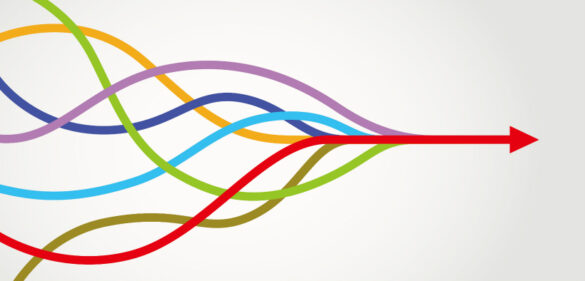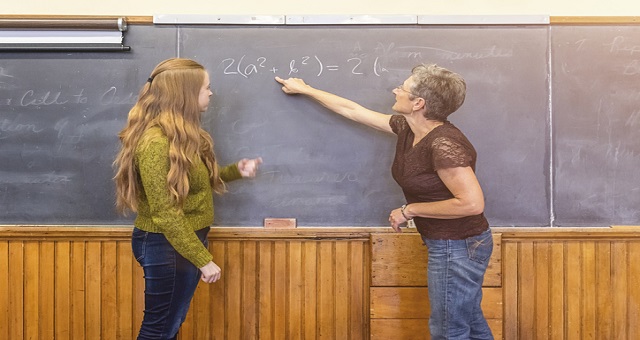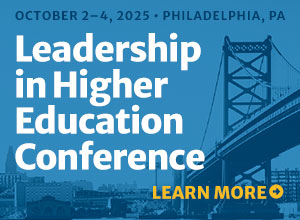Fostering Innovation with a Hands-Off Approach
Millersville’s Open Education Working Group was initially formed by like-minded faculty, librarians, and staff who wanted to promote the use of OER across campus. The self-assembled group planned events for Open Education Week and organized a virtual conference to help broaden the understanding and use of OER. The group created an Open...
Program Acquisitions: Lessons for Leaders
In my role as dean of the College of Health and Science at Concordia University, St. Paul (CSP), I collaborated in the acquisition of two resource-intensive healthcare programs associated with university closures. In December 2016, CSP began the acquisition process for a pre-licensure nursing program, and, in March 2019, CSP...
Both Sides, Now: Creating a Culture of UDL
In a 1969 song, Joni Mitchell tells us of how she’s looked at life from “Both Sides, Now.” That is sage advice for considering how Universal Design for Learning (UDL) can benefit students when faculty and administration examine their hopes (and fears) for creating a new learning experience. At two recent...
Recruiting Subject Matter Experts for Curriculum and Course Design: Three Nonmonetary Strategies
For many institutions, attracting quality subject matter experts (SMEs) for curriculum and course design is challenging under the best circumstances. Budgetary constraints often compel institutions to pursue nonmonetary recruitment strategies. Furthermore, money is not always the deciding factor in an SME’s choice of opportunities. Successful, passionate practitioners have many options...
Finding Your Unicorns: Creating a Data-Informed Culture
This article first appeared in Academic Leader on January 1, 2018 © Magna Publications. All rights reserved. A recent article, “Higher Education’s Data Experts Face a Crossroads,” in the Chronicle of Higher Education examines the changing profile of institutional researchers. Akin to the characters in the movie Ghostbusters, historically, they were the people you called...
Understanding and Managing Perceptions of Academic Rigor
This article first appeared in Academic Leader on August 25, 2017 © Magna Publications. All rights reserved. Faculty and students are not on the same page about what makes a course rigorous. Draeger, del Prado Hill, and Mahler (2015) find that “faculty perceived learning to be most rigorous when students are actively...
Four Strategies to Improve Faculty Buy-In for Online Education
As an online administrator, I can tell you that it feels like we have been talking about ways to improve faculty buy-in for online education for the past 10 to 15 years. And we have. While online courses and degree programs are becoming more accepted and mainstream at many institutions,...
Moving from Courses to a Curriculum
What does it mean to offer students a curriculum as opposed to a series of related courses? How does a program, major, or minor encourage students to make meaningful connections between courses so that they develop strong professional identities? I’ve been thinking a lot about these questions. I used to...
Differentiating Instruction in an Online Classroom
Diversity is becoming common in our college classrooms. Not just diversity of race and ethnicity, but diversity of developmental levels and cognitive abilities. With our students’ diverse skills and experiences, faculty members find themselves teaching varied groups of students within one course. This raises the problem of finding a way...
Using Formal Program Review for Continuous Improvement
Drexel University uses a Program Alignment and Review (PAR) process to help ensure relevance, quality, and measurable achievement of its academic programs. It’s a formal review process that includes a self-study, external review, and action plan.












